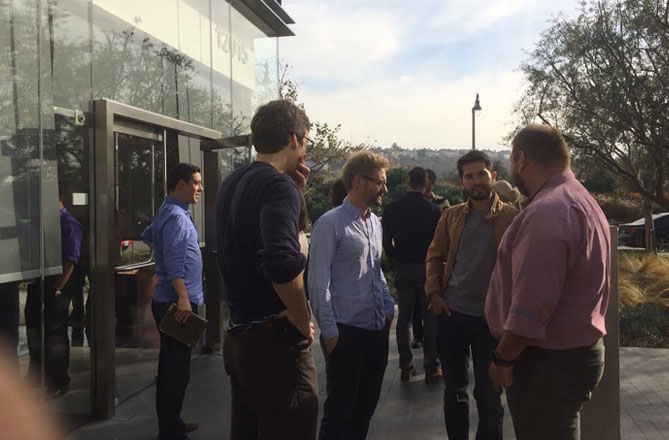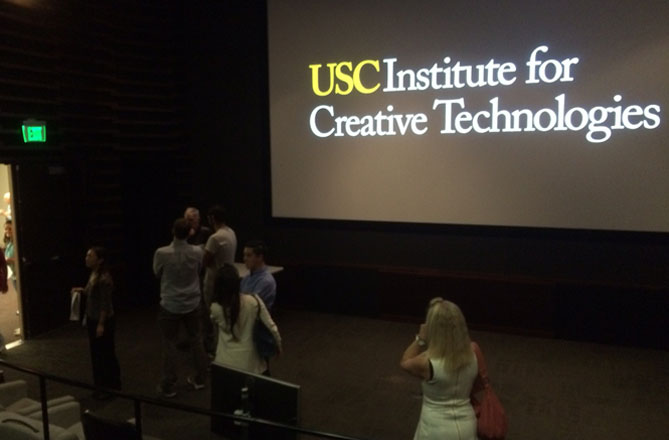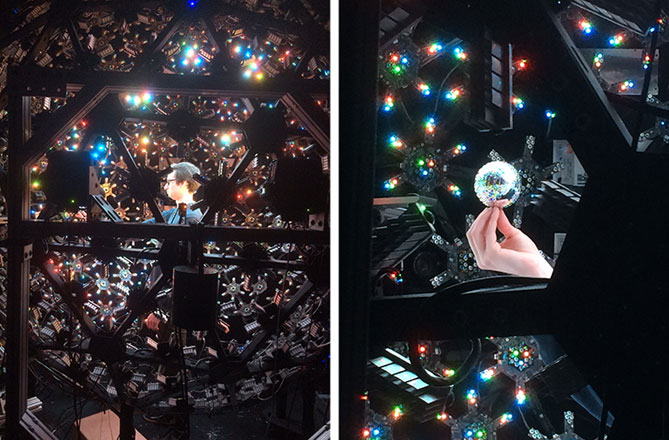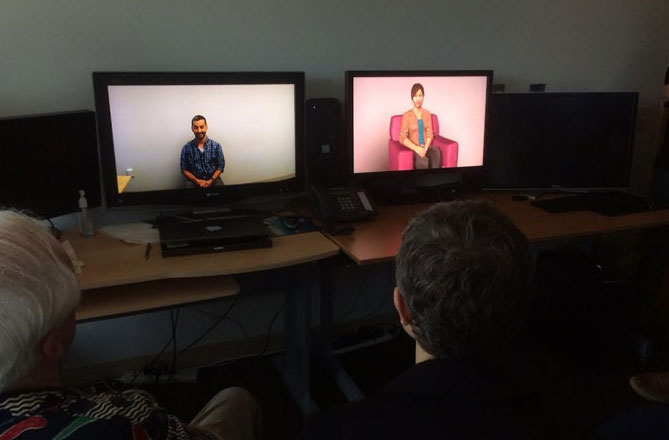Our team recently had the pleasure of touring the Institute for Creative Technology, a research institute arm of USC. The tour included a lecture and three different interactive examples of the work that is done at this innovative organization.
This lecture highlighted a number of very topical questions we all have about the future of Virtual Reality and it’s narrative potential. As a company, Kilograph is ready to be at the forefront of experimenting and researching VR and AR technology. Local resources such as the ICT center improve our understanding of this powerful new set of tools and their future in the creation of engaging spatial visualizations.

The lecture centered on what the institute is all about and why it was created, along with an in depth look into Virtual Reality and what it means as a technology. The main idea that was put forth is the importance storytelling when using this technology. Technology can, in a sense, “break time and space.”
What was posited is that we as physical beings are located in real time and the the same space, where augmented reality is in real time and digital space. Furthermore Virtual Reality happens when the physical mind fully enters the digital (the catch is the body is left behind). Virtual Reality is thus more immersive while also giving more agency to the user . With this increased agency, it can be more difficult to tell a story and craft a narrative as it becomes less linear. Therefore, we have to look into narratives that are not linear but more interactive. When we are able to tell a story in this way the technology can even more readily be used as an “empathy machine,” allowing others to experience the perspective of another and learn more readily.

This lecture brought up a lot of great points about the future of Virtual Reality and potential. It is very exciting to discover the many new opportunities this technology offers and we as a company are ready to be at the forefront of experimenting and researching it.
As for the demonstrations of the work that ICT was doing, it was less based on Virtual Reality and more on different projects they are developing and using.
The first was using digital scanning to recreate a present human form. Simple computer programs were used to scan in a volunteers form, with photographic scanning to add color and texture. It was interesting to see how immediate this was, with relatively minimal tech and low cost.

The second was their light stage system. This system alters lighting around a subject to explore how light changes perception. They also demonstrated how they can recreate the lighting from scenes from around the world, and using ultraviolet light in the scanning process enhances the results. This technique also allows changing how an actor looks and playing with different effects and colors to modify its appearance. It is also used in the motion pictures industry where it offers many possibilities.

The third was a virtual therapy session. A volunteer sat in a therapy session where a virtual person on a screen asked him increasing personal questions. This screening is used to test for depression and PTSD in newly returned soldier and veterans. It uses both sound, eye movement, and head angle/movement to make a diagnosis. In the lecture, it was also discussed on how breaking time and space, allows for anonymity and the ability of people to open up when they might not otherwise. This session was an example of this, even though the volunteer from the tour group knew we just in the other room listening to his responses. This is even more the case when someone sits in, speaks with a virtual (unreal) person and his or her results and then processed digitally.
After the showcase ICT current and future projects, the tour concluded. We have scheduled follow up visits and focused research sessions as we embark on a new level of understanding. It was motivating afternoon and each of us left feeling optimistic about our new direction, and the ultimate prospect of a new creative horizon for architectural communications.


